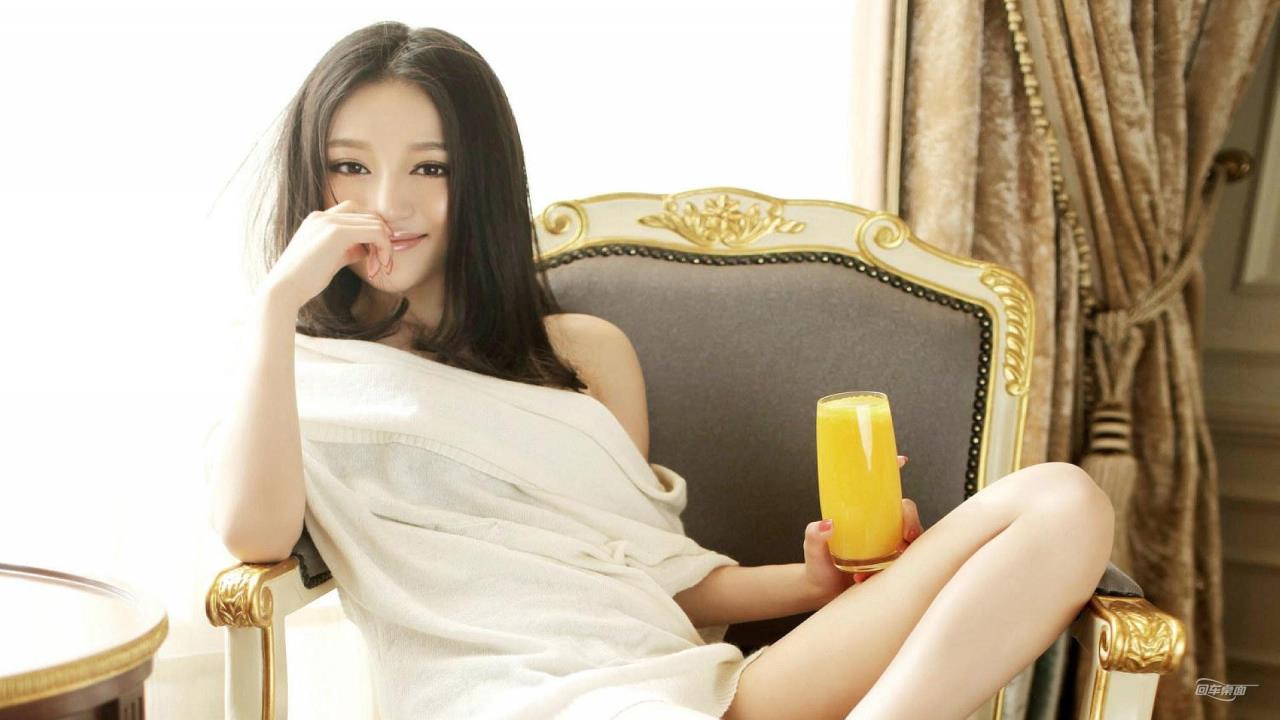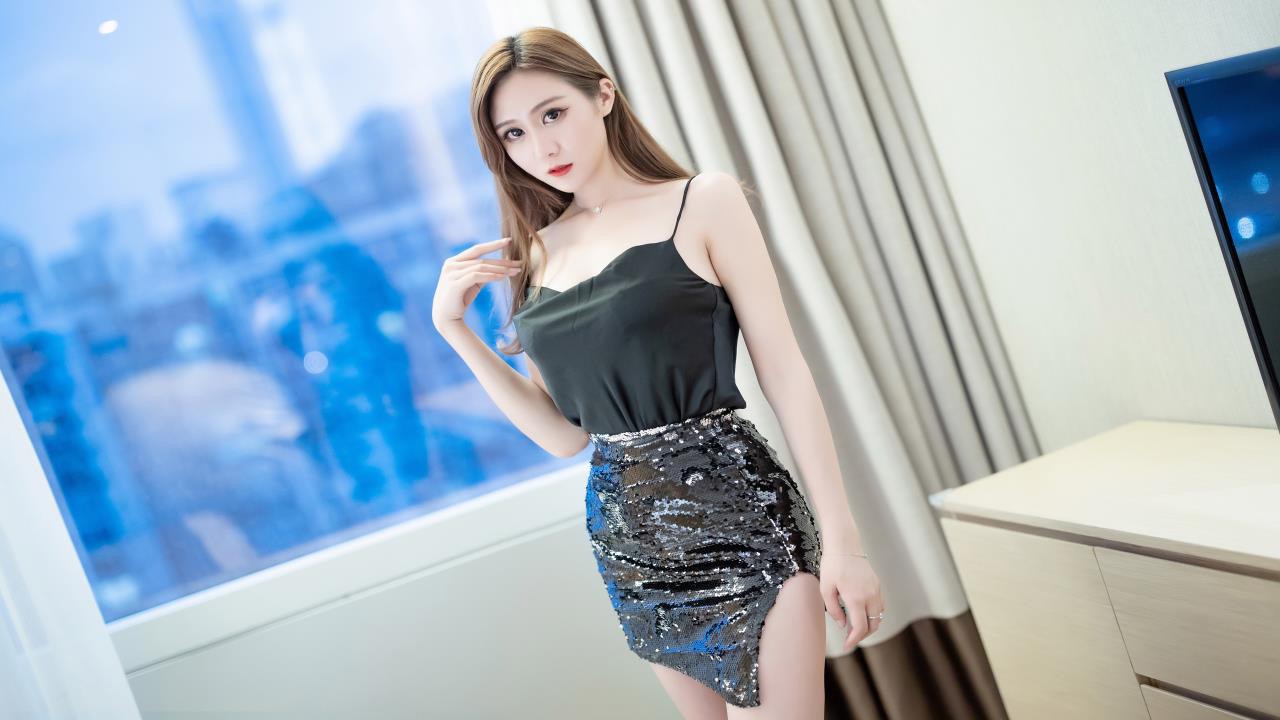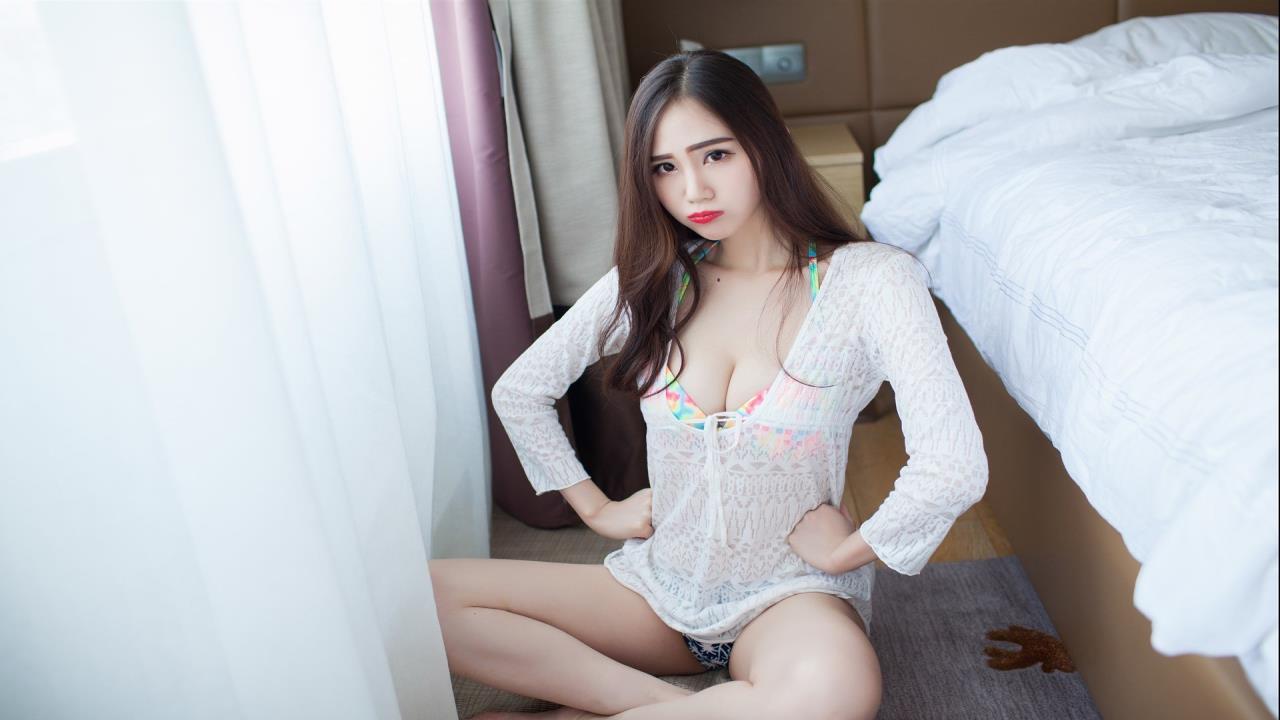西方37大但文体艺术英语版: Deconstructing the Masterpieces Through Different Eras
Deconstructing the Masterpieces Through Different Eras
Western art, a rich tapestry woven from diverse cultural threads, offers a profound reflection of human experience across millennia. This exploration delves into the evolution of artistic styles, examining how societal shifts and technological advancements shaped aesthetic expressions. From the classical ideals of antiquity to the avant-garde movements of the 20th century, the interplay between form and content becomes strikingly apparent.
The classical period, characterized by idealized human forms and adherence to established proportions, laid the groundwork for artistic traditions to follow. Masterpieces like the Venus de Milo and the Parthenon exemplify a harmonious blend of beauty and function, reflecting the Greco-Roman emphasis on balance and order. The figures, sculpted with meticulous detail, epitomize the pursuit of perfection and the celebration of the human body. These artworks were not simply decorative objects; they were embodiments of civic pride and philosophical thought, serving as testaments to the sophisticated civilization of ancient Greece and Rome.

The Renaissance witnessed a rebirth of classical ideals, infused with a renewed interest in humanism and scientific inquiry. Artists like Leonardo da Vinci and Michelangelo pushed the boundaries of realism, mastering the human form with unparalleled precision. The use of perspective and chiaroscuro, techniques that lent depth and drama to their works, revolutionized the visual arts. Works like the Mona Lisa, with its enigmatic smile and subtle use of light and shadow, epitomize this eras fascination with the individual and the world around them.
Moving through the Baroque period, artistic sensibilities shifted toward drama and emotion. Artists like Caravaggio and Rembrandt employed dynamic compositions and intense contrasts of light and shadow to evoke powerful spiritual and psychological experiences. The theatricality of Baroque art reflects the religious fervor and political upheavals of the time, manifesting as dynamic brushstrokes and emotionally charged figures. The interplay between light and dark became a critical element in conveying the raw intensity of human experience.
The 18th and 19th centuries witnessed the rise of new movements, from Rococos delicate elegance to Romanticisms passionate landscapes and portraits. Romantic artists prioritized emotion and intuition, departing from the formal structures of the previous centuries. The grandeur of nature, the depths of human feeling, and the exploration of the sublime were central themes. This era also saw the rise of realism, with artists like Courbet aiming for objective representation of everyday life, reflecting the changing social and political climate.
The 20th century ushered in a period of unprecedented experimentation, with a plethora of modern and post-modern movements challenging conventional artistic norms. Cubism, abstract expressionism, and surrealism pushed the boundaries of form and representation, reflecting the anxieties and upheavals of the times. Artists like Picasso and Dali liberated art from traditional constraints, opening up new avenues for creative expression.
The journey through these artistic eras reveals a consistent interplay between societal values, artistic techniques, and the enduring human desire to create and express. From the idealized forms of antiquity to the radical experimentation of the modern era, art serves as a powerful chronicle of our collective history. Through careful study and interpretation, these masterpieces continue to inspire and challenge us, reminding us of the enduring power of human creativity.







